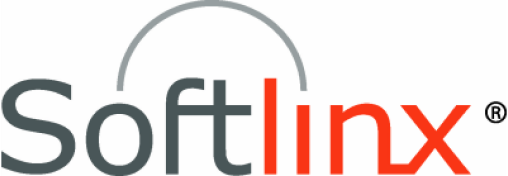Privacy laws like the Health Insurance Portability and Accountability Act (HIPAA) play a critical role in the healthcare industry, governing how organizations handle sensitive information. If you transmit patient health information via fax, this standard applies to you.
This guide will discuss how privacy laws affect faxing and how to ensure HIPAA compliance with faxes.
What Is HIPAA?
The Health Insurance Portability and Accountability Act is a federal law passed in 1996 to protect sensitive patient health information. Based on this law, national standards were established to prevent health information from being disclosed without patient knowledge or consent.
The U.S. Department of Health and Human Services enforced the requirements of HIPAA by issuing the HIPAA Privacy Rule. This set of standards addresses how organizations use and transmit health information to protect the privacy of those who seek care. These guidelines aim to protect patients’ health information by setting use limitations while still allowing for high-quality healthcare delivery.
How Does HIPAA Impact Faxing?
While most individuals don’t associate HIPAA and faxing with one another, these terms share a crucial connection. If you work in healthcare, you likely transfer sensitive patient information using faxes. HIPAA laws require that you protect this data during utilization and disclosure, which includes faxing.
The majority of healthcare offices use faxes to transmit patient information. If any of these facilities send sensitive information to the wrong recipient, they can incur serious HIPAA penalties for noncompliance. That’s why healthcare organizations must use fax solutions optimized for HIPAA compliance to minimize the risk of accidental disclosure.
HIPAA-compliant faxing solutions have security features like data encryption, page-by-page confirmation and real-time data transfer. These safeguards prevent patient information from being compromised or misdirected.
The Difference Between Meeting HIPAA Regulations With Online Fax Versus Traditional On-Premises Fax
Healthcare providers that use traditional on-premises fax solutions experience difficulty meeting HIPAA compliance standards due to the many security challenges posed by these outdated technologies. With advanced online fax solutions, organizations can send a HIPAA compliant fax securely and seamlessly.
Fax Machine Access
Traditional fax machines can print incoming patient health information at any time, leaving physical copies of this information temporarily unattended on the printer. This lack of access control can pose serious patient privacy and security risks by leaving information exposed.
Through online cloud faxing, incoming faxes are transferred to the intended recipient using their unique fax number, preventing the information from being misdirected. The patient information is also encrypted, so it can only be read by authorized individuals.
Fax Cover Sheets
All faxes containing patient health information must have a protective cover sheet as required by HIPAA. This cover sheet indicates that the document includes confidential health information and is not to be transferred to another party without express patient consent, in the absence of which it must be destroyed.
Online faxes allow you to customize your cover sheets to include all required disclosures and enforce them by department, user or across the entire organization.
Fax Transmission Records
When transmitting paper faxes, senders must create and retain confirmation copies containing transmission and transaction log summaries, along with the date, time and the recipient’s fax number. Online fax technologies take detailed records of all your fax transmissions and receipts, making report generation effortless.
Received Fax Security
Traditional on-premises faxing requires that received faxes be securely stored immediately upon removal from a physical fax device. Cloud-based faxing solutions send received faxes directly to the intended receiver’s email. Once the fax has been sent, all data and images within the fax are wiped from the faxing platform to prevent access by third parties.
How to Ensure HIPAA Compliance With Faxes From Softlinx
At Softlinx, we offer HIPAA compliant fax services to help healthcare facilities protect their patients’ sensitive health information. We’ve spent over 20 years providing our customers with innovative enterprise information technology (IT) solutions to help them optimize their document workflow processes and maximize profits.
We offer a HIPAA compliant electronic fax service called ReplixFax for the healthcare industry. This system is designed to protect confidential patient information while maintaining business continuity through safeguards such as:
- Advanced data encryption.
- Safe data transmission over secure IP networks.
- Secure centralized storage.
- Intrusion detection and prevention.
- Multifactor authentication.
ReplixFax maintains detailed logs of all faxes, retrievals, deletions and inquiries to facilitate audits. Due to our secure network, our data center is fully compliant with the American Institute of Certified Public Accountants (AICPA), HIPAA and Payment Card Industry Data Security Standard (PCI DSS) standards.
Send HIPAA Compliant Faxes With Solutions From Softlinx
You can bridge the gap between HIPAA and faxing with HIPAA compliant fax services from Softlinx. When you outsource your faxing to cloud services with us, we’ll help you leverage greater cost savings, productivity and compliance.
Schedule a free live demo to explore our solutions today!

